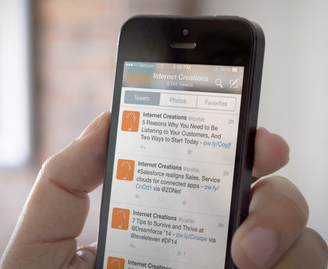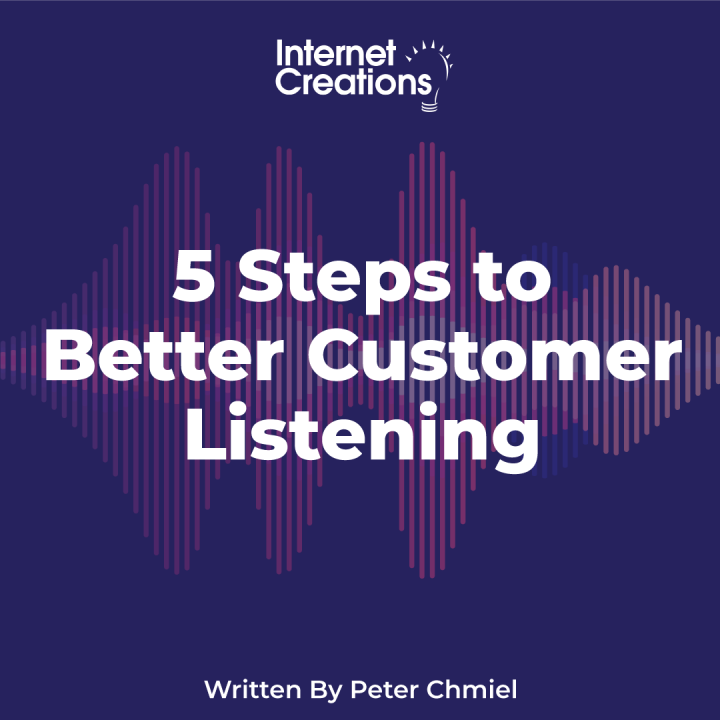How to Reduce Customer Effort


In 2010, the Corporate Executive Board released a Harvard Business Review blog, Stop Trying to Delight Your Customers, with survey results that demonstrated customer loyalty was significantly increased when customer effort was reduced. Rather than overthinking and over-engineering the customer service experience, the authors posited that companies need to focus on the basics of service, making it as simple as possible to get answers.
If you make a customer expend more effort than they perceive necessary or acceptable, their frustration will increase, and their satisfaction will decrease. A displeased customer is likely to take their frustration out on your service agents, diminishing job satisfaction and increasing turnover. The Corporate Executive Board’s findings indicate that most companies believe customers prefer live phone support, but customers are actually indifferent, and this still holds true today. Companies should embrace technology that provides multiple channels for communication, empowers customers to educate themselves, and allows agents to provide timely responses.
Focus first on the Customer, not you, and your organization will reap the benefits.
If you are laser-focused on the customer’s experience, you will reduce their effort and create satisfied customers that buy more and refer you to their friends and colleagues. Reducing customer effort is a great way to focus on the customer.
Here are some tips on reducing customer effort:
- Omni-channel:
 Be available on the channels your customers frequent and prefer. Social (Twitter, Facebook, etc) is not just for B2C companies. Internet Creations is exclusively B2B. Nonetheless, we listen on social channels and have a process to field customer service issues just as effectively as any other channel. It is your responsibility to make communication seamless even when a single issue spans multiple channels (e.g. comment posted on Twitter or Facebook leads to phone conversation, followed by email exchanges, and/or dialogue in the company’s community / portal / knowledge base). When a customer opens an email or logs into your website, there should be a complete chronology of every interaction, on every channel, so its easy to follow.
Be available on the channels your customers frequent and prefer. Social (Twitter, Facebook, etc) is not just for B2C companies. Internet Creations is exclusively B2B. Nonetheless, we listen on social channels and have a process to field customer service issues just as effectively as any other channel. It is your responsibility to make communication seamless even when a single issue spans multiple channels (e.g. comment posted on Twitter or Facebook leads to phone conversation, followed by email exchanges, and/or dialogue in the company’s community / portal / knowledge base). When a customer opens an email or logs into your website, there should be a complete chronology of every interaction, on every channel, so its easy to follow.
- Email is King in B2B: Email seems to be the most preferred channel today by customers because it’s easy, yet support managers still want to force customers through a web form to open new cases. The web form supporter believes more data should be collected on the customer’s issue to either better route the customer’s inquiry to the proper team or enable deflection with self-help resources. However, you can have the best of both worlds. Allow customers to open a case via email and then tell them, via an auto-reply, that their case will be expedited if they click a link and supply additional details via a web form.
- The Phone is Queen: Most customers prefer email, but many still prefer the phone. If you hide your phone number and force someone to hunt for it, you are increasing their effort and frustrating them. While the phone channel is the most costly, it’s even more costly to replace a frustrated customer. If you want customers to use less costly channels, you need to be accessible on those channels with rich content and make it easily accessible.
- Not another password! We all have too many passwords and requiring your customers to create yet another password to log into your community or portal is a turnoff. You can boost adoption by implementing Social Sign On with providers like Google, LinkedIn, and Facebook where your customers are likely to already have accounts. For example, most of Internet Creations’ customers already have Salesforce accounts so we allow them to log in with their existing Salesforce credentials.
- Don’t make customers chase you: Response time management is crucial in reducing customer effort. If customers have to follow up with you, they will feel unimportant and frustrated that they have to expend additional effort to get your attention.
- If you build it they will come: That’s not entirely true. If you want customers to consume your self-help resources, you must make sure they are rich, easy to access and up-to-date. You need to convince the customer it will require less effort, and take less time, for them to solve their issue with your self-help resources. Not all issues can be solved through self-help, so provide an easy way to contact your service team every step of the way.
- Be proactive and check in: No news is not necessarily good news. As part of your account management program, you should periodically make sure everything is working well and that your solution is well adopted. I overheard one of our account executives open a case for a customer with an issue that they didn’t have time to report to us. Customers are busy and it benefits everyone to get issues resolved as early as possible.
- Solicit criticism and provide an escalation path: No matter how great of an operation you run, you are not going to deliver great service 100% percent of the time. The traditional “case closed” survey shouldn’t be the first time you solicit feedback because it deprives you the opportunity to intervene early in a bad experience. Provide an escalation path at each touch point. For example, you might include an “escalate” button in your community / portal, a manager’s contact information in outgoing emails, or a web form that alerts management.
- 5 Ways We Invest in Employee Happiness - March 1, 2018
- How to SetCase Priority in Salesforce based on Email Importance / Priority - April 10, 2015
- How to Reduce Customer Effort - October 7, 2014


